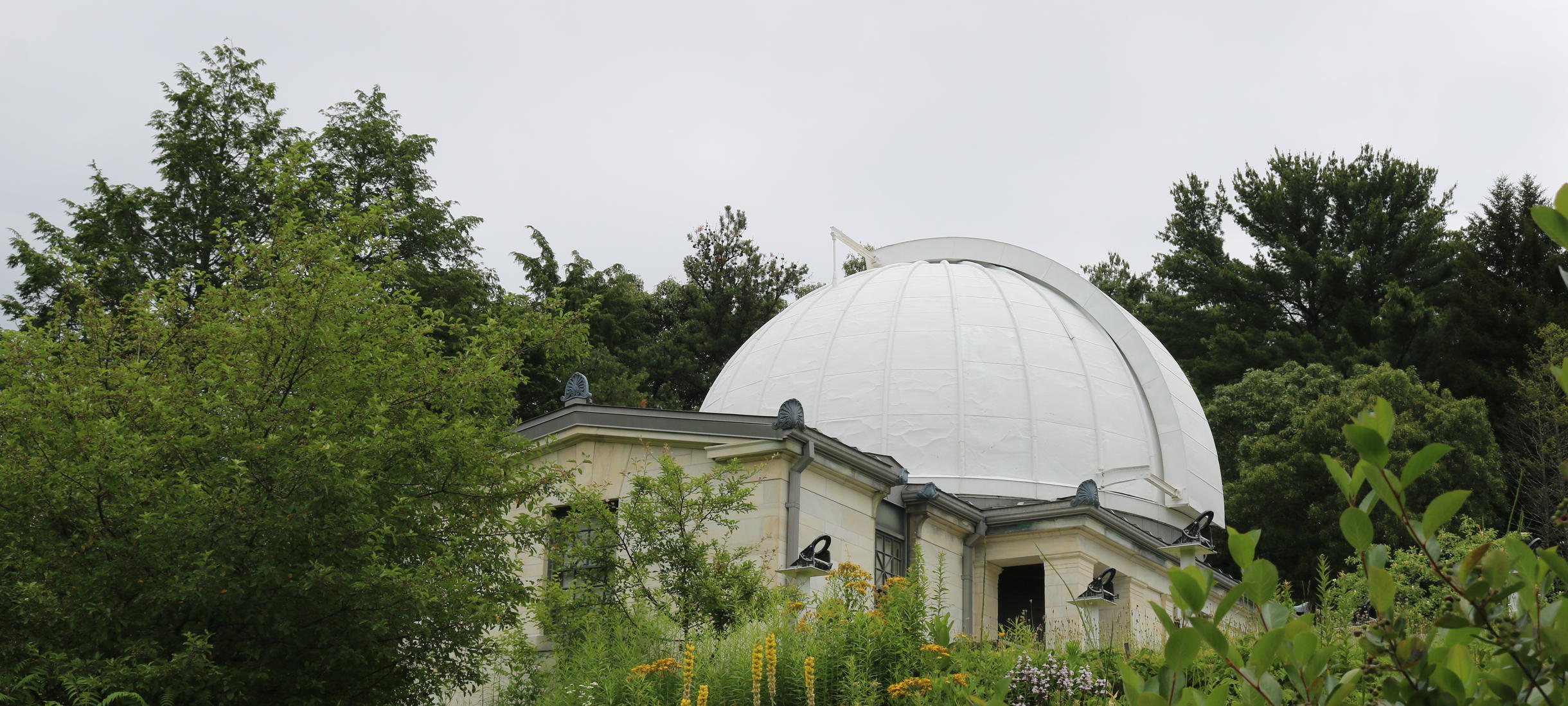
Landscaping
This collection of photos showcases how Wellesley’s built and natural landscapes have changed since its founding. Many of the changes seen on campus were implemented after the College consulted Michael Van Valkenburgh Associates (MVVA) on a landscape architecture masterplan. This plan includes limiting parking on the main areas of campus, restoring natural meadows, and practicing the most sustainable landscape management techniques. Today, Wellesley’s landscape management includes policies on retaining topsoil from building projects to be replaced at sites later, limited and informed use of pesticides and ice melt salt, and returning leaf litter to the campus understory. Along with continued efforts to restore and maintain campus architecture and facilities, we hope to keep our campus as sustainable as possible.
